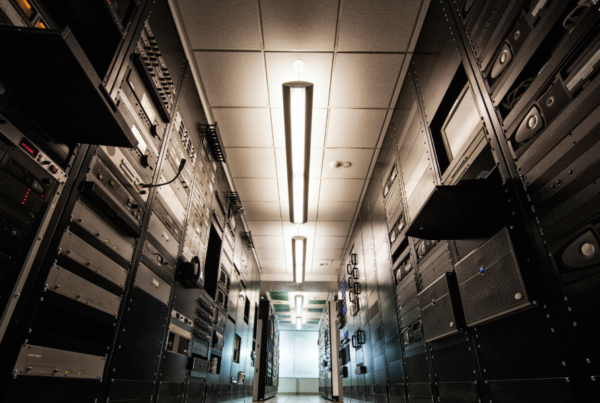In today’s fast-paced digital landscape, businesses heavily rely on their IT infrastructure to drive efficiency, productivity, and growth. However, managing and maintaining this crucial equipment can be a complex task. That is where establishing an IT equipment lifecycle comes into play. By implementing a structured approach to managing IT assets throughout their lifespan, businesses can unlock a multitude of benefits, such as:
1. Enhanced Cost Efficiency:
An IT equipment lifecycle enables businesses to optimize their technology investments and minimize unnecessary expenses. Organizations can achieve cost efficiencies in multiple ways by carefully planning the acquisition, utilization, and disposal of IT assets.
Establishing an IT equipment lifecycle allows businesses to forecast and allocate their budget more accurately. By clearly understanding the lifespan and replacement cycles of IT assets, organizations can plan for future expenditures, avoiding unexpected financial burdens.
Regularly evaluating and updating IT equipment enables organizations to proactively identify and address maintenance issues. By minimizing system downtime and the need for costly emergency repairs, businesses can reduce overall maintenance costs and keep their operations running smoothly.
2. Increased Operational Efficiency:
Efficient IT equipment management plays a vital role in streamlining business operations. By implementing a structured lifecycle approach, organizations can ensure that their technology resources are consistently optimized to support their core functions.
Outdated or underperforming IT equipment can hinder employee productivity and impede business operations. By regularly refreshing and upgrading hardware and software components, businesses can provide their staff with reliable tools, increasing efficiency and output.
As businesses grow and evolve, their IT infrastructure needs to scale accordingly. An IT equipment lifecycle facilitates strategic planning for expansion, enabling organizations to align their technology investments with their changing needs. By proactively managing IT assets, businesses can quickly adapt to growth opportunities and avoid scalability bottlenecks.
3. Strengthened Data Security:
Data breaches and cyber threats are ever-present risks in today’s digital age. Establishing an IT equipment lifecycle can significantly enhance data security measures and safeguard sensitive information.
Keeping IT equipment up to date with the latest firmware, software updates, and security patches is essential for maintaining robust defenses against evolving cyber threats. An IT equipment lifecycle ensures that devices are regularly updated, reducing vulnerabilities and enhancing data security.
When IT assets reach the end of their lifecycle, proper disposal is crucial to prevent data breaches. An IT equipment lifecycle incorporates secure data wiping or destruction protocols, ensuring that sensitive information is permanently erased from retired devices.
4. Compliance and Regulatory Adherence:
Businesses operate within a complex web of industry-specific regulations and compliance standards. By establishing an IT equipment lifecycle, organizations can maintain compliance with relevant laws and regulations more effectively.
An IT equipment lifecycle involves detailed asset tracking and documentation. This enables businesses to demonstrate regulatory compliance by providing accurate records of equipment acquisition, usage, and disposal. Such documentation is essential during audits and compliance assessments.
Many jurisdictions have strict regulations regarding the disposal of electronic waste (e-waste). An IT equipment lifecycle incorporates environmentally responsible e-waste management practices, ensuring compliance with local regulations and minimizing the organization’s environmental footprint.
5. Sustainable Business Practices:
In today’s environmentally conscious world, adopting sustainable practices is not only an ethical responsibility but also a competitive advantage. An IT equipment lifecycle supports sustainable business practices by reducing waste and promoting responsible resource management.
An IT equipment lifecycle encourages organizations to explore opportunities for equipment reuse or repurposing within the organization. By extending the lifespan of IT assets, businesses reduce electronic waste and promote a circular economy.
Outdated or inefficient IT equipment can consume excessive energy, contributing to unnecessary carbon emissions. By regularly upgrading to more energy-efficient devices and implementing power management strategies, organizations can reduce their environmental impact and operational costs.
Conclusion
Establishing an IT equipment lifecycle brings numerous benefits to businesses, ranging from enhanced cost efficiency and operational effectiveness to strengthening data security and regulatory compliance. By adopting a structured approach to managing IT assets, organizations can maximize their technology investments, improve productivity, and embrace sustainable business practices.
Contact Virtuas to get assistance with establishing an IT lifecycle that allows organizations to thrive and stay competitive.



